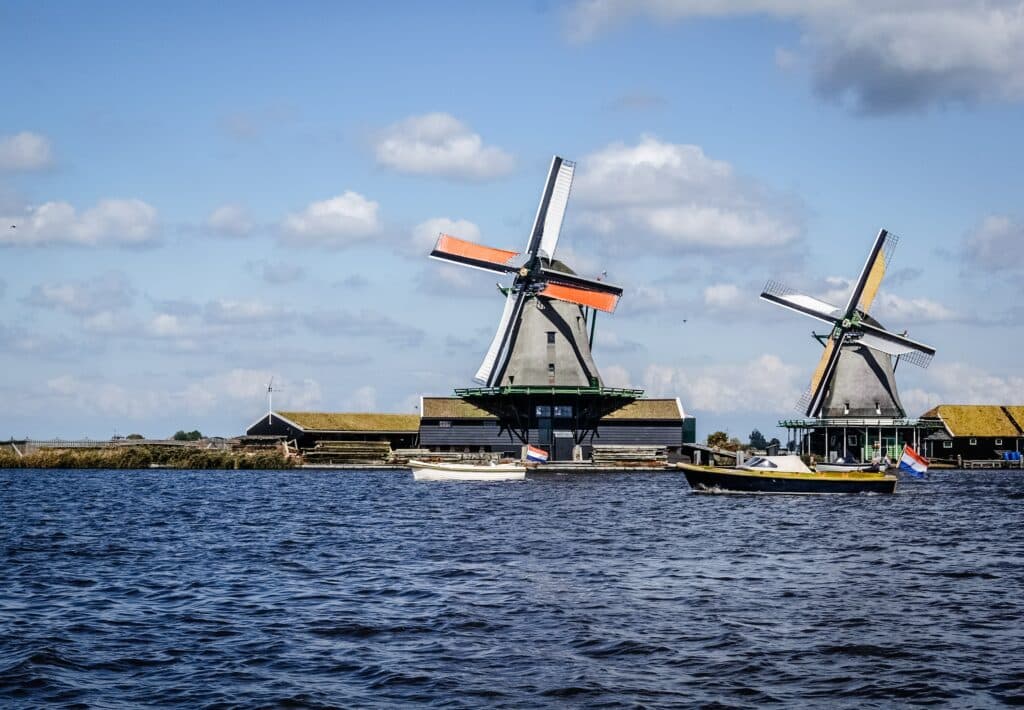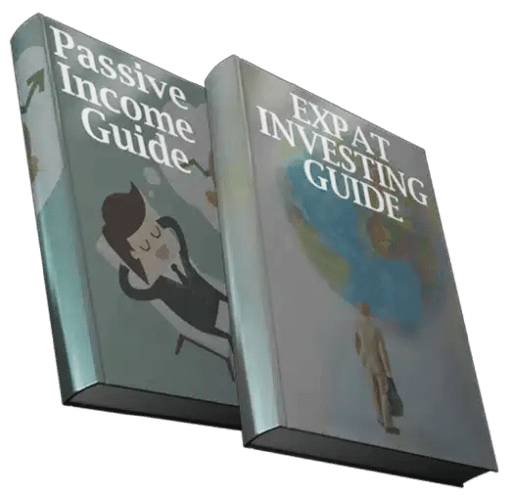What To Do And What Not To Do When Buying A House In The Netherlands 2022
If you want to invest as an expat or high-net-worth individual, which is what i specialize in, you can email me (advice@adamfayed.com) or use WhatsApp (+44-7393-450-837).
Table of Contents
Introduction
What To Do And What Not To Do When Buying A House In The Netherlands 2022—Buying a house is always a big decision, and it comes with a lot of stress and paperwork – you need to know what you’re looking for, where you want to live, and what you can afford, and even then, battling the Dutch housing market and walking away with the keys to your first home can be extremely difficult.
Here are some helpful do’s and don’ts when it comes to buying property in the Netherlands to make sure your house-hunting goes as smoothly as possible.
Let’s start with the don’ts: what are some major no-nos to be cautious of once you’ve decided to buy your ideal home?
Do Not Buy The First House You Come Across
Perhaps you’re one of the incredibly fortunate people who schedules only one viewing and ends up finding something fantastic.
It’s possible that the first residence you see is the right one for you, but don’t jump to conclusions – especially if this is your first time shopping for a home.
Because you don’t have much experience, you’re more likely to miss important details or not know exactly what you’re searching for or what kinds of places are within your budget.
If you’re positive you’ve found your dream house – whether it’s the first or 17th property you see – schedule a second viewing so you can go over everything again and make sure you didn’t miss anything during the initial viewing’s excitement.
Do Not Attend Viewings Alone
Even if you’re purchasing the home for yourself, having a second set of eyes go over everything might be beneficial, especially if those eyes belong to someone who is particularly critical or experienced when it comes to purchasing property in the Netherlands.
If at all feasible, bring a friend or family member along to your viewings.
If this isn’t possible, you might want to consider hiring a buyer’s agent to make the process go more smoothly.
Don’t Go Overboard With Your Mortgage
“But if I’m entitled to all this money, shouldn’t I take it and acquire the greatest house possible?” you might wonder.
While this is an excellent question, keep in mind that mortgage fees will not be the only things you’ll be liable for once you’ve purchased your new house.
Rather of devoting your entire monthly wage to paying your bills, make sure you have some money left over to have some fun!
Don’t Allow Your Feelings Rule Your Life
Buying and selling a home is a stressful and exciting process, and while it’s easy to get caught up in the excitement, don’t let your emotions get the best of you.
Make sure you remember what you’re looking for in a home and don’t be persuaded by an estate agent’s remarks, as they are only trying to sell you something.
Take your time (or as much time as you can) to think about the property and your decision, and don’t let your excitement eclipse any potential concerns.
Keep An Eye On Your Finances
So you’ve done your homework: you’ve researched the local housing market and have a list of what you’re looking for, as well as what kind of mortgage you can expect.
It’s critical not to lose sight of what you’re looking for as you go to viewings and begin shopping for your next home, but it’s also critical to keep realistic about what you can afford.
It’s tempting, but risky, to start looking at properties that are clearly out of your price range, because sod’s law guarantees that you’ll fall head over heals for the one over-budget house you saw.
Instead, start your search at the low end of your budget; who knows, you might find something you absolutely enjoy and save yourself a lot of money!

What You Should Absolutely Do
When trying to buy a home for you and your family, there are a lot of things to consider. Here are five things to consider if you’re wanting to buy property in the Netherlands.
Understand The Market
Congratulations if you’ve migrated to the Netherlands from another country and opted to invest in real estate rather than waste money on monthly rent.
The Dutch home sector provides excellent investment prospects.
If you’re new to the country, though, make sure you’re familiar with the local market and what you can anticipate to spend your money on.
Property in the Netherlands is quite expensive, so even if you had a very good budget in your own country, you should alter your expectations to meet the Dutch market.
Take A Look Outside The House
It’s easy to believe you’ve discovered the ideal house: the proper number of bedrooms, some outdoor space, and a modern kitchen.
But don’t overlook other key variables like location – is there a grocery nearby?
What about the neighbourhood schools?
Is it a multi-national community or a mix of expats and locals?
Consider the orientation of your garden, balcony, or windows to ensure you get the correct amount of light.
Have The Structure Inspected
Similar to the last point, you may have located a home that checks all the boxes, but you should understand exactly what you’re getting into if you purchase it.
Many of the properties in the Netherlands are rather ancient, and Amsterdam has had a number of problems in recent years as foundations have given way and houses have progressively sunk into the earth, which is quite expensive to remedy.
So have an impartial inspector assess the house for any structural difficulties, and while you’re at it, locate someone to explore the legal status of the property!
In the Netherlands, the buyer is legally responsible for inspecting the property for any faults prior to purchase, so make sure you understand everything before signing on the dotted line.
Timely Completion Of The Mortgage
Make sure you know your maximum mortgage capacity before bidding on a house.
When you have all of the information ahead of time, you’ll feel more confident when bidding on your new house, and your mortgage request will be less likely to be denied at the last minute.
Also, check the restrictions given forth by the mortgage lender before signing any mortgage agreement so you don’t get any unpleasant surprises later.
Find The Best Insurance For You
You can start looking for the correct home insurance for you and your things once you’ve gone through the stress of viewings and bidding and located the location you want to live.
Some insurers in the Netherlands also provide services in English, which might make your life as an expat a lot easier.
Let The Search For A Home Begin
If you’re new to the Netherlands, make sure you’ve done your homework on the housing market and the steps involved in purchasing real estate in the country.
Don’t forget to enjoy yourself!
Although it is a difficult investment, you are shopping for the home of your dreams, so make the most of the experience!
Pained by financial indecision? Want to invest with Adam?

Adam is an internationally recognised author on financial matters, with over 760.2 million answer views on Quora.com, a widely sold book on Amazon, and a contributor on Forbes.



